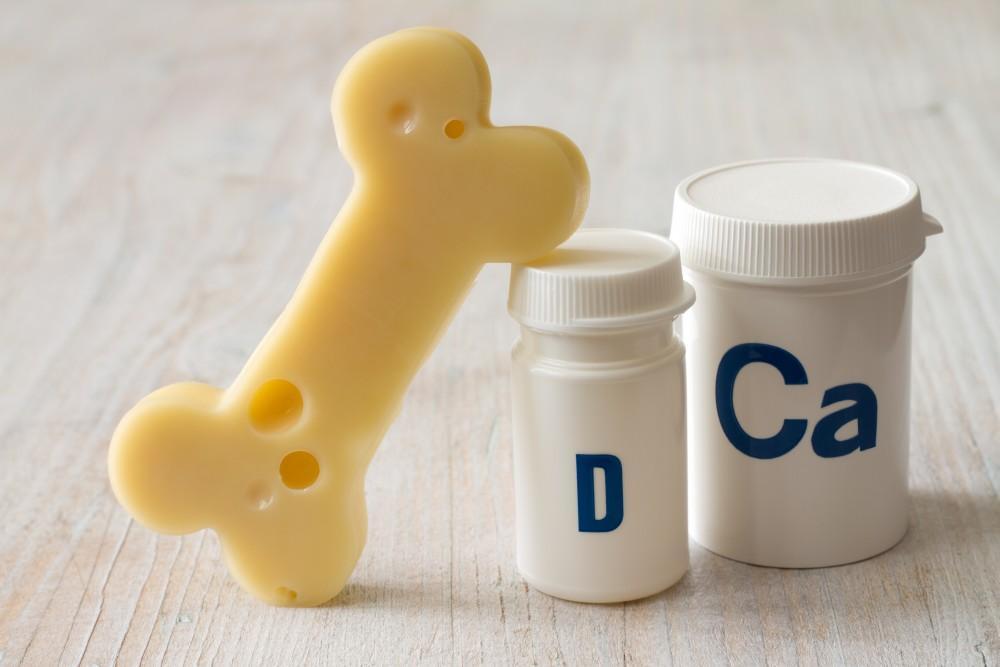
Bone Doctor Tips for Optimal Bone Health
Strong bones are the foundation of a healthy, active lifestyle. Our bones naturally lose density as we age, increasing the risk of fractures and osteoporosis. However, with the right nutrition, you can keep your bones robust and resilient. Here are some essential dietary tips to support optimal bone health.
Calcium-Rich Foods: The Building Blocks of Bone Health
Calcium is the primary mineral found in bones, making it crucial for maintaining bone strength and structure. Adults generally need about 1,000 milligrams of calcium per day, with the requirement increasing to 1,200 milligrams for women over 50 and men over 70.
Sources of Calcium:
- Dairy Products: Milk, cheese, and yogurt are excellent sources.
- Leafy Greens: Kale, broccoli, and collard greens offer significant calcium.
- Fortified Foods: Look for calcium-fortified orange juice, cereals, and plant-based milk alternatives like almond or soy milk.
- Nuts and Seeds: Almonds and sesame seeds are also good sources.
Vitamin D: Enhancing Calcium Absorption
Vitamin D plays a crucial role in calcium absorption and bone mineralization. Without sufficient vitamin D, your body can’t absorb the calcium you consume, regardless of how much you take in.
Sources of Vitamin D:
- Sunlight: Your skin produces vitamin D when exposed to sunlight. Aim for about 10-30 minutes of sun exposure several times a week.
- Fatty Fish: Salmon, mackerel, and tuna are rich in vitamin D.
- Fortified Foods: Many dairy products, orange juice, and cereals are fortified with vitamin D.
- Supplements: If you have limited sun exposure or dietary intake, consider a vitamin D supplement after consulting with your healthcare provider.
Protein: The Support Structure for Bones
Protein is essential for bone repair and regeneration. However, balance is key, as extremely high protein intake can lead to calcium loss.
Sources of Protein:
- Lean Meats: Chicken, turkey, and lean cuts of beef.
- Plant-Based Proteins: Beans, lentils, tofu, and quinoa.
- Dairy Products: Milk, cheese, and yogurt also provide protein along with calcium.
Magnesium and Zinc: The Unsung Heroes
Magnesium helps convert vitamin D into its active form, while zinc supports bone tissue renewal.
Sources of Magnesium:
- Whole Grains: Brown rice, oatmeal, and whole wheat bread.
- Nuts and Seeds: Almonds, cashews, and pumpkin seeds.
- Leafy Greens: Spinach and Swiss chard.
Sources of Zinc:
- Meat and Poultry: Beef, chicken, and pork.
- Shellfish: Oysters, crab, and shrimp.
- Legumes: Chickpeas, lentils, and beans.
Vitamin K: Vital for Bone Mineralization
Vitamin K is essential for the formation of osteocalcin, a protein that binds calcium to bones.
Sources of Vitamin K:
- Leafy Greens: Kale, spinach, and broccoli.
- Fermented Foods: Natto (fermented soybeans) is particularly high in vitamin K2.
- Other Vegetables: Brussels sprouts and green beans.
Avoid Excessive Sodium and Caffeine
High sodium intake can cause calcium loss through urine, while excessive caffeine can interfere with calcium absorption. Moderation is key.
Tips to Reduce Sodium and Caffeine:
- Limit Processed Foods: These are often high in sodium.
- Opt for Herbal Teas: Instead of regular tea or coffee.
- Read Labels: Check for sodium content in packaged foods.
Hydrate for Healthy Bones
Adequate hydration is crucial for maintaining the moisture balance in bones and joints. Water aids in the transport of nutrients to your bones and the removal of waste products.
Hydration Tips:
- Drink Plenty of Water: Aim for at least 8 glasses a day.
- Eat Hydrating Foods: Fruits and vegetables like cucumbers, oranges, and strawberries.
Consult a Bone Doctor:
If you suspect that you have weak bones or are at risk for osteoporosis, it’s essential to consult a bone doctor near you. Early detection and intervention can prevent further bone loss and reduce the risk of fractures.
Signs You Should See a Bone Doctor:
- Frequent Fractures: If you experience fractures from minor falls or injuries.
- Loss of Height: A noticeable decrease in height over time.
- Back Pain: Chronic back pain could be a sign of spinal fractures.
- Risk Factors: Family history of osteoporosis, early menopause, or prolonged use of corticosteroids.
What to Expect:
- Bone Density Test: Your doctor may recommend a DEXA scan to measure bone density.
- Blood Tests: These can check for deficiencies in calcium, vitamin D, and other vital nutrients.
- Lifestyle Recommendations: Your doctor can provide personalized advice on diet, supplements, and exercise to strengthen your bones.
Conclusion
Building and maintaining strong bones requires a holistic approach that includes a balanced diet rich in essential nutrients, regular physical activity, and lifestyle choices that promote overall health. By incorporating these dietary tips into your daily routine, you can support your bone health and enjoy a more active, vibrant life. Remember, it’s never too early or too late to start taking care of your bones! Schedule an appointment with one of our Nashville bone doctors if you are experiencing pain.
Author: AMWN Dev
Related Articles
Foot injuries are one of the most common injuries that lead to a workers' compensation claim. Together, the human foot and ankle put in some [...]
"Hi everyone! My name is Mary Kay Carter, and I wanted to share a story that's really close to my heart. In late November 2022, [...]
Back to School: The Importance of Orthopedic Health for Students As summer draws to a close, students and parents alike start preparing for the new [...]
The 2022 American Joint Replacement Registry Annual Report compiled 2.8 million hip and knee procedures across all 50 states. It's an increase of 14% from [...]
When you have a problem with your foot or ankle that requires medical attention, who do you see for treatment — an orthopedist or a podiatrist? Many people think a podiatrist is the same as an orthopedist, but there are several significant differences betw
When you have a problem with your foot or ankle that requires medical attention, who do you see for treatment — an orthopedist or a podiatrist? Many people think a podiatrist is the same as an orthopedist, but there are several significant differences betw
When you have a problem with your foot or ankle that requires medical attention, who do you see for treatment — an orthopedist or a podiatrist? Many people think a podiatrist is the same as an orthopedist, but there are several significant differences betw
When you have a problem with your foot or ankle that requires medical attention, who do you see for treatment — an orthopedist or a podiatrist? Many people think a podiatrist is the same as an orthopedist, but there are several significant differences betw
When you have a problem with your foot or ankle that requires medical attention, who do you see for treatment — an orthopedist or a podiatrist? Many people think a podiatrist is the same as an orthopedist, but there are several significant differences betw
When you have a problem with your foot or ankle that requires medical attention, who do you see for treatment — an orthopedist or a podiatrist? Many people think a podiatrist is the same as an orthopedist, but there are several significant differences betw











